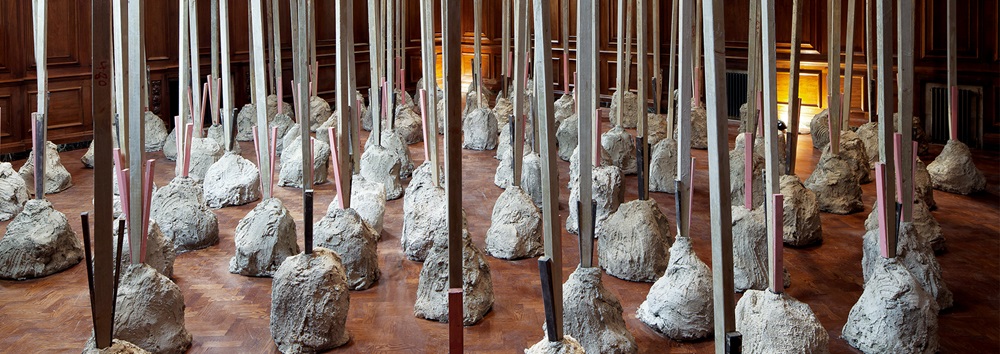
*By Margarita Kataga
The National Museum of Modern Art (EMST) inaugurated the 4th and final part of the exhibition cycle “What if women ruled the world?” curated by artistic director Katerina Gregou and the museum’s team of curators, which will conclude with an event-exhibition in the autumn of 2024.
In the 4th part of this feminist tribute to women, the audience has the opportunity to discover the great creations of women whose work has not been shown extensively during their careers. As part of this cycle, the EMST is also launching a new programme, SPOTLIGHT, which will highlight in greater depth the practice of an artist in its collection, starting with the work of Bertille Bak.
With the opening of the 4th part of the exhibition cycle, EMST will have presented a total of 18 solo exhibitions, installations and works, highlighting the work of 40 artists of different ages and backgrounds, capturing with the plurality of their voices the intersectional feminism and the diversity of women’s experiences and identities, according to race and class. They reflect the hypothetical question posed by the curator Katerina Gregou, what would happen if the governance of the world had feminine characteristics? Would there be less violence? Would we observe more justice in governance? Would this mean the end of wars and armed conflicts and stalemates? Would human rights be on a better footing? Social issues are relevant to the global reality today.
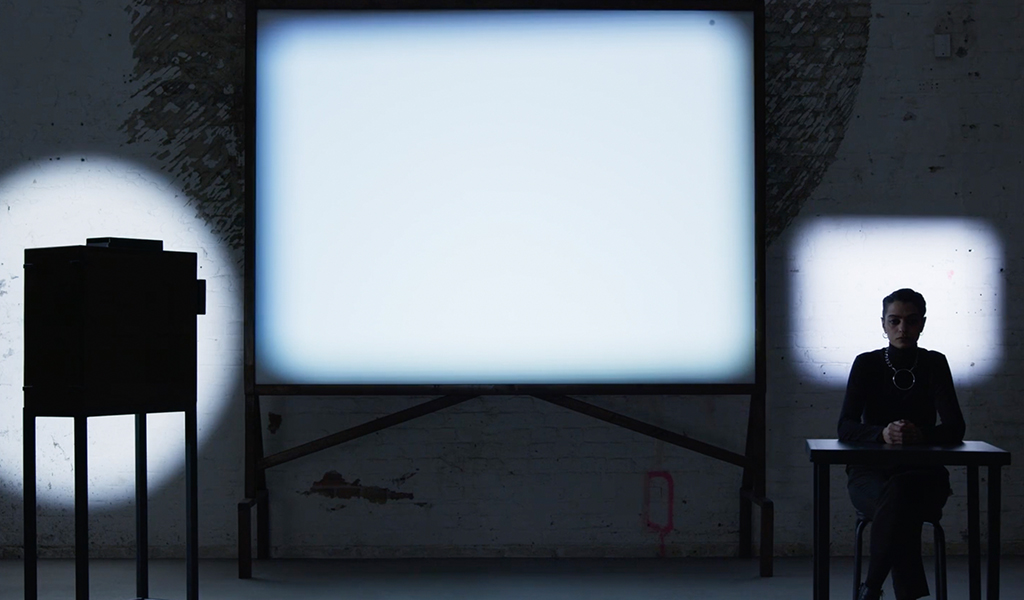
Apart from the presentations of Tala Madani, Eva Stefani, Phyllida Barlow, in collaboration with NEON and the D.Daskalopoulos Collection, Bouchra Khalili, Susan Meiselas, Eleni Pitari-Pangalou and Bertille Bak, the exhibition “WOMEN, together” curated by Katerina Gregou and Eleni Koukos is a great juxtaposition of women’s voices.
The exhibition presents works from the EMST collection, including seven new acquisitions as well as the first presentation of a series of works from the donation of the D. Daskalopoulos Collection to the EMST, the most important and most generous donation in the Museum’s history. The presentation also includes an important, museum-quality work by Etel Adnan (Lebanon), which represents a new long-term loan to the Museum, courtesy of the Saradar Collection (Paris/ Beirut).
With the imposing projects of important female artists already on display such as Penny Siopis. Danae Anesiadou, and Chrysa Romanou coexist and intertwine in the new exhibitions: Tala Madani’s solo exhibition entitled Shitty disco curated by Iolis Tzanetakis, consists of a series of works inspired by cartoons and cinema, demonstrating gender violence and problematic relationships in the family.
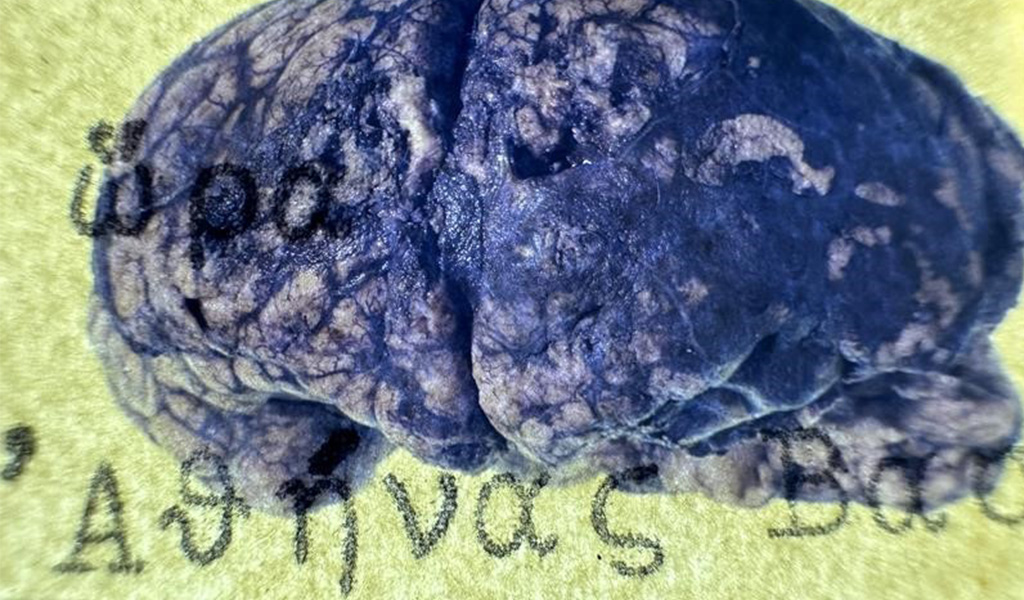
In Eva Stefani’s “The Luminous Cave“, curated by Stamatis Schizakis, the viewer witnesses an archive material from abandoned private and public buildings, hospitals, institutions and offices. The artist searches for hidden elements of her family history as well as unseen aspects of Greek history, such as the Greek Civil War and themes intertwined with illness and hospitalization.
The monumental sculptural installation by the British artist Phyllida Barlow (1944-2023) from the D.Daskalopoulos Collection, curated by Tina Pandi, reveals the artist’s inspiration from her contemporary urban environment. By using, as early as the late 1960s, unconventional, low-value materials such as cardboard, cement, plywood, plaster and fabric, arranged in large-scale three-dimensional “sculptural collages”, she examines the concepts of decay and existence anew.
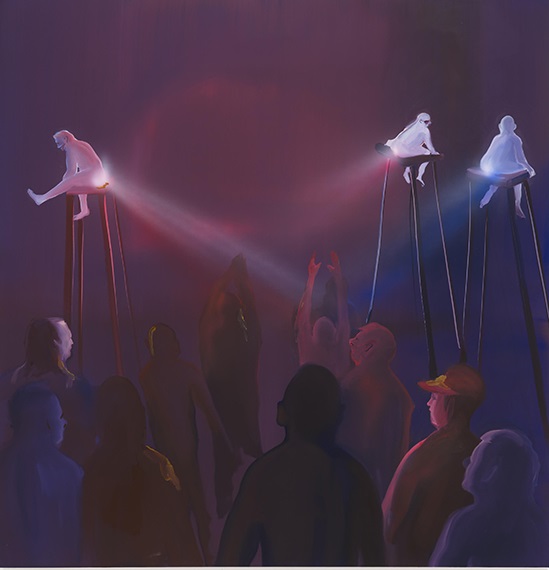
Similarly, in the exhibition ‘Lanternists and Typographers‘ – her first solo exhibition curated by Daphne Vitalis – the Franco-Moroccan artist Bouchra Khalili uses complex narrative strategies and reflective visual and sonic forms to explore the self-activity and the way in which members of communities that the archetypal national state condemns to obscurity represent themselves. Also, communities in cities and the everyday life experienced by children in the mining industries of various cities around the world: Bolivia, India, Thailand, Indonesia and Madagascar is presented in the work of French artist Bertille Bak.
And the work of Susan Meiselas, the influential international documentary photographer, who has been the president of the Magnum Foundation and a member of Magnum Photos since 1976, has for almost five decades been documenting burning social and political issues on a global level while raising key questions about the practice of photography.
The great presentation of women is completed with the Unknown Drawings by Eleni Pitari-Pangalou, curated by Anna Mykoniati. A painter who took as her starting point the impulses of Parthenis’ teaching, she created in the 1960s and 1970s a set of highly original black and white drawings (ink on paper) that move in the realm of the imaginary, psychic insight and metaphysical concerns.
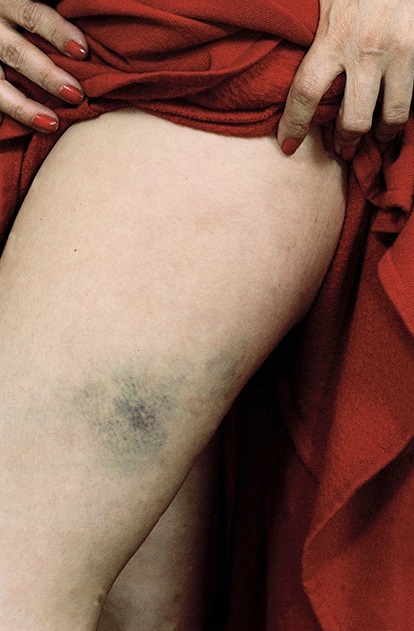
The great tour of the artistic worlds of great women artists is completed with the inclusive ‘female’ curatorial perspective that is part of the Daskalopoulos collection thanks to the exhibition “WOMEN, together“:
Works by artists such as Helen Appel, Etel Adna, Tracey Moffat, Gillian Wearing, Maria Loyzidou, Eleni Mylonas, Paki Vlassopoulou, Agnieska Polska and Eleni Kamma define a dialectical, museum-like dimension in the connection between femininity and society and the ideological practices and feminist strategies that they are called upon to explore conceptually through their visual art.

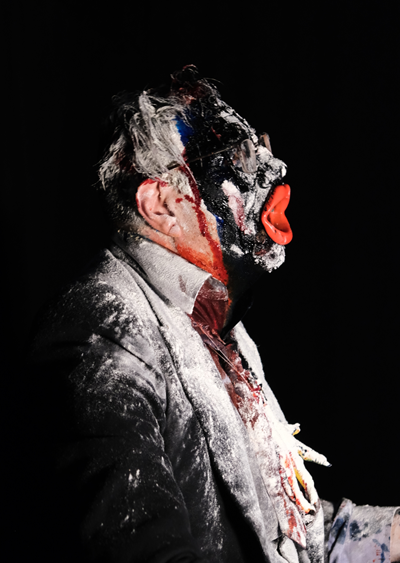

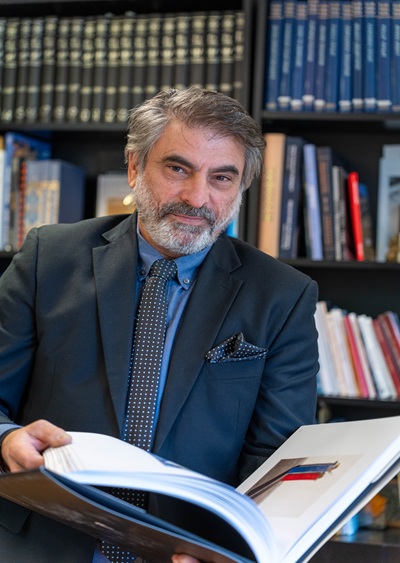



Leave A Comment